Prelim
Contents at a Glance
Contents
About the Author
About the Technical Reviewer
Acknowledgments
Preface
Introduction
What’s All This, Then?
Why Are You Here?
Some Prerequisites
What’s in This Book
Summary
If You’re Curious …
Exercises
References
The Basics
Some Core Ideas in Computing
Asymptotic Notation
It’s Greek to Me!
Rules of the Road
Taking the Asymptotics for a Spin
Three Important Cases
Empirical Evaluation of Algorithms
Implementing Graphs and Trees
Adjacency Lists and the Like
Adjacency Matrices
Implementing Trees
A Multitude of Representations
Beware of Black Boxes
Hidden Squares
The Trouble with Floats
Summary
If You’re Curious …
Exercises
References
Counting 101
The Skinny on Sums
More Greek
Working with Sums
A Tale of Two Tournaments
Shaking Hands
The Hare and the Tortoise
Subsets, Permutations, and Combinations
Recursion and Recurrences
Doing It by Hand
A Few Important Examples
Guessing and Checking
The Master Theorem: A Cookie-Cutter Solution
So What Was All That About?
Summary
If You’re Curious …
Exercises
References
Induction and Recursion … and Reduction
Oh, That’s Easy!
One, Two, Many
Mirror, Mirror
Designing with Induction (and Recursion)
Finding a Maximum Permutation
The Celebrity Problem
Topological Sorting
Stronger Assumptions
Invariants and Correctness
Relaxation and Gradual Improvement
Reduction + Contraposition = Hardness Proof
Problem Solving Advice
Summary
If You’re Curious …
Exercises
References
Traversal: The Skeleton Key of Algorithmics
A Walk in the Park
No Cycles Allowed
How to Stop Walking in Circles
Go Deep!
Depth-First Timestamps and Topological Sorting (Again)
Infinite Mazes and Shortest (Unweighted) Paths
Strongly Connected Components
Summary
If You’re Curious …
Exercises
References
Divide, Combine, and Conquer
Tree-Shaped Problems: All About the Balance
The Canonical D&C Algorithm
Searching by Halves
Traversing Search Trees … with Pruning
Selection
Sorting by Halves
How Fast Can We Sort?
Three More Examples
Closest Pair
Convex Hull
Greatest Slice
Tree Balance … and Balancing
Summary
If You’re Curious …
Exercises
References
Greed Is Good? Prove It!
Staying Safe, Step by Step
The Knapsack Problem
Fractional Knapsack
Integer Knapsack
Huffman’s Algorithm
The Algorithm
The First Greedy Choice
Going the Rest of the Way
Optimal Merging
Minimum spanning trees
The Shortest Edge
What About the Rest?
Kruskal’s Algorithm
Prim’s Algorithm
Greed Works. But When?
Keeping Up with the Best
No Worse Than Perfect
Staying Safe
Summary
If You’re Curious …
Exercises
References
Tangled Dependencies and Memoization
Don’t Repeat Yourself
Shortest Paths in Directed Acyclic Graphs
Longest Increasing Subsequence
Sequence Comparison
The Knapsack Strikes Back
Binary Sequence Partitioning
Summary
If You’re Curious …
Exercises
References
From A to B with Edsger and Friends
Propagating Knowledge
Relaxing like Crazy
Finding the Hidden DAG
All Against All
Far-Fetched Subproblems
Meeting in the Middle
Knowing Where You’re Going
Summary
If You’re Curious …
Exercises
References
Matchings, Cuts, and Flows
Bipartite Matching
Disjoint Paths
Maximum Flow
Minimum Cut
Cheapest Flow and the Assignment Problem
Some Applications
Summary
If You’re Curious …
Exercises
References
Hard Problems and (Limited) Sloppiness
Reduction Redux
Not in Kansas Anymore?
Meanwhile, Back in Kansas …
But Where Do You Start? And Where Do You Go from There?
A ...
A Ménagerie of Monsters
Return of the Knapsack
Cliques and Colorings
Paths and Circuits
When the Going Gets Tough, the Smart Get Sloppy
Desperately Seeking Solutions
And the Moral of the Story Is …
Summary
If You’re Curious …
Exercises
References
Pedal to the Metal: Accelerating Python
List of Problems and Algorithms
Problems
Algorithms and Data Structures
Graph Terminology
Hints for Exercises
Chapter 1
Chapter 2
Chapter 3
Chapter 4
Chapter 5
Chapter 6
Chapter 7
Chapter 8
Chapter 9
Chapter 10
Chapter 11
Index
¦ ¦ ¦ ¦ Symbols and Numerics
¦ A
¦ B
¦ C
¦ D
¦ F
¦ E
¦ G
¦ I
¦ H
¦ J
¦ K
M
¦
L
¦
¦ P
¦ N
¦ O
¦ Q
¦ R
¦ S
¦ T
¦ U
¦ V
¦ W
¦ Z
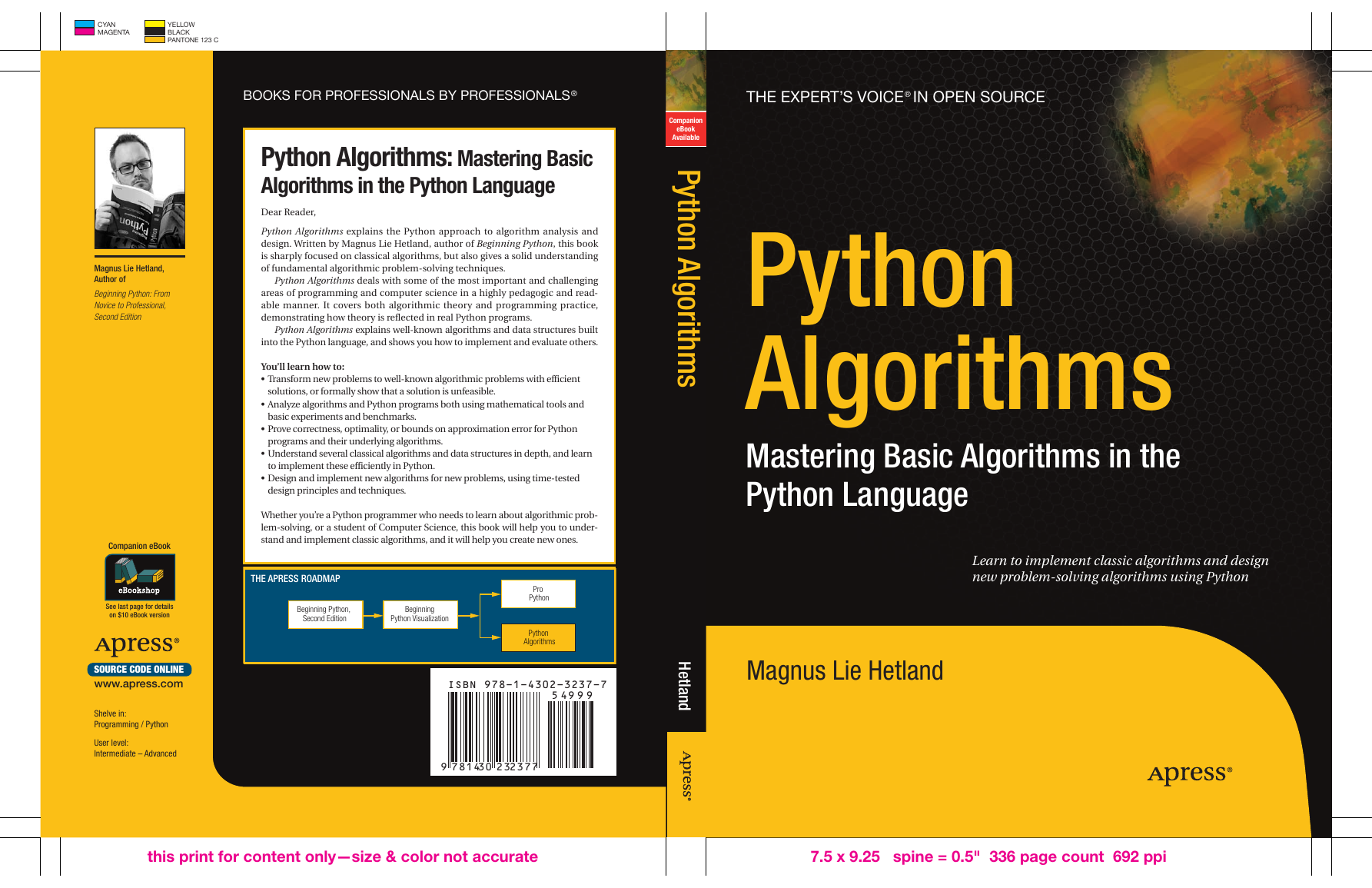

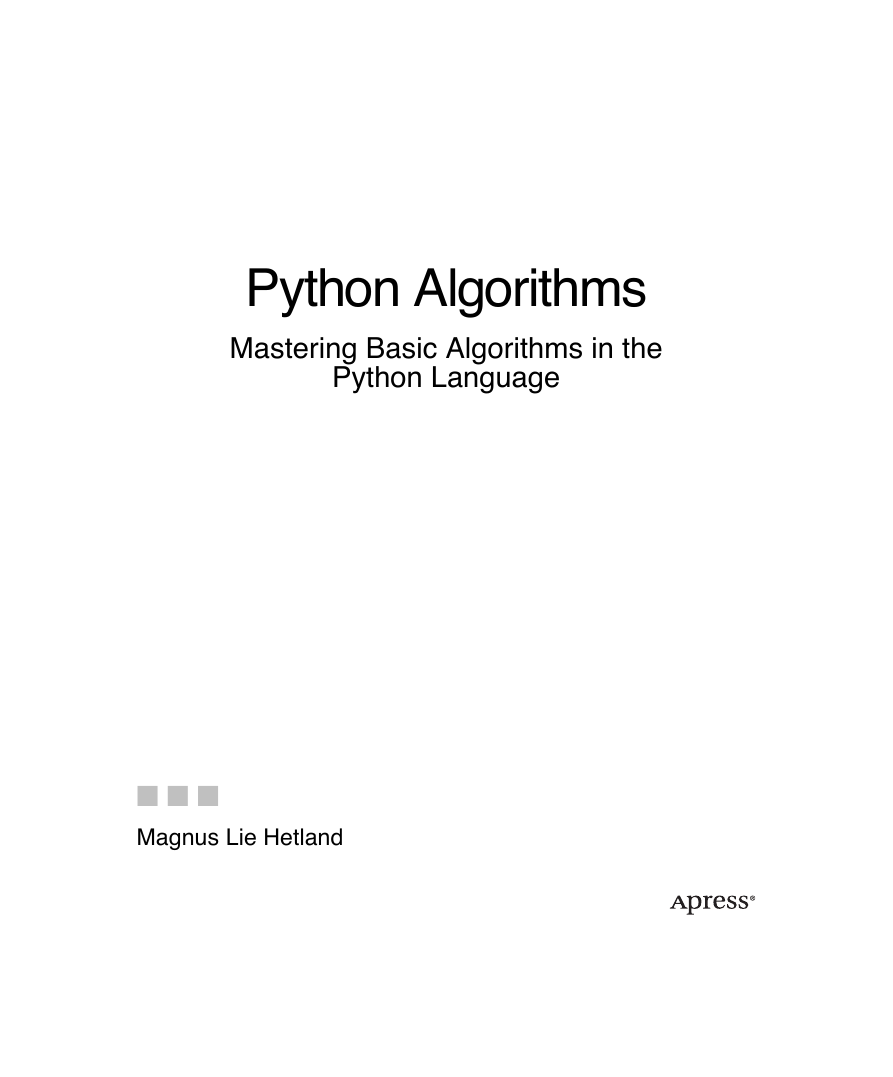
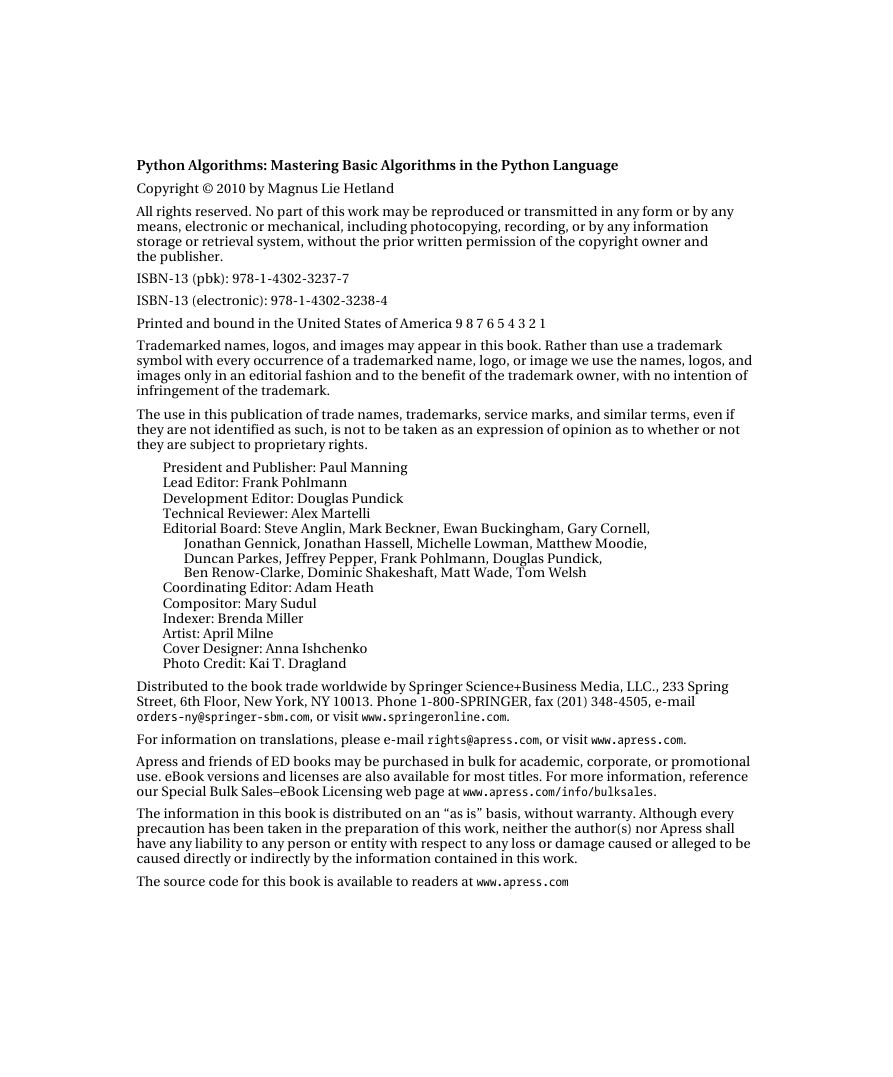


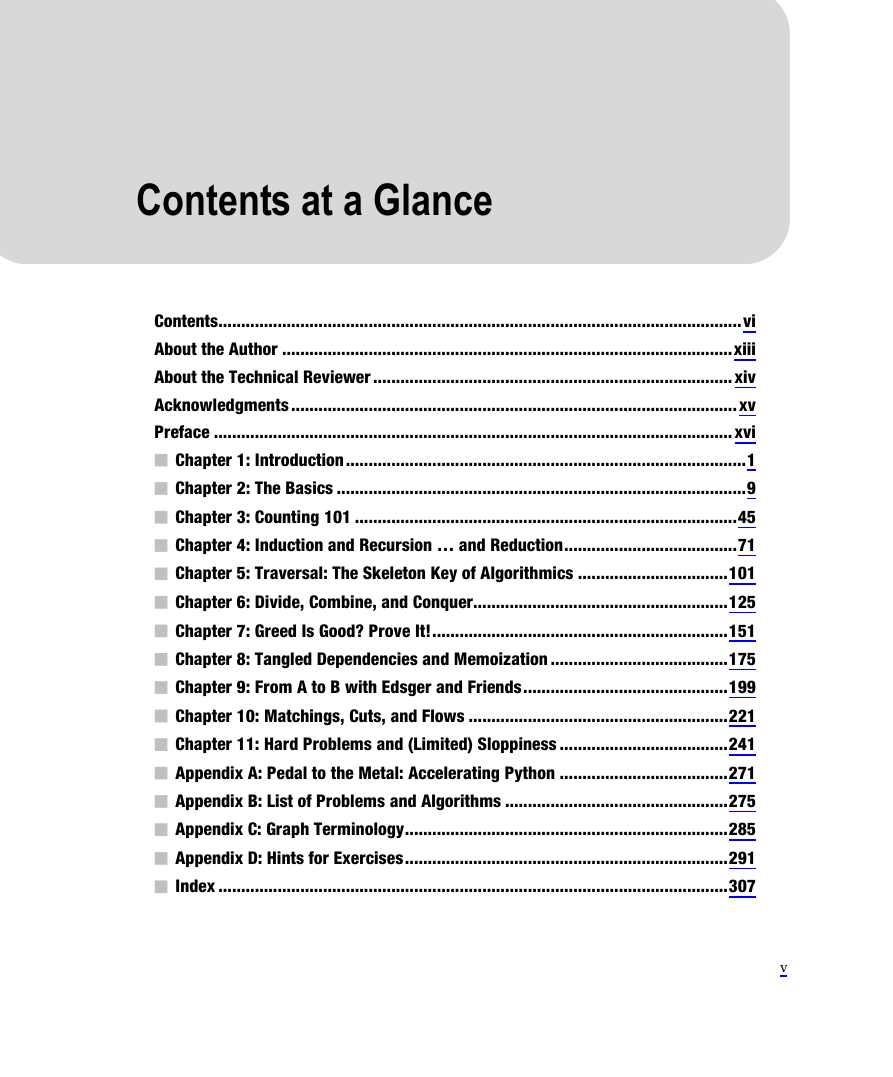
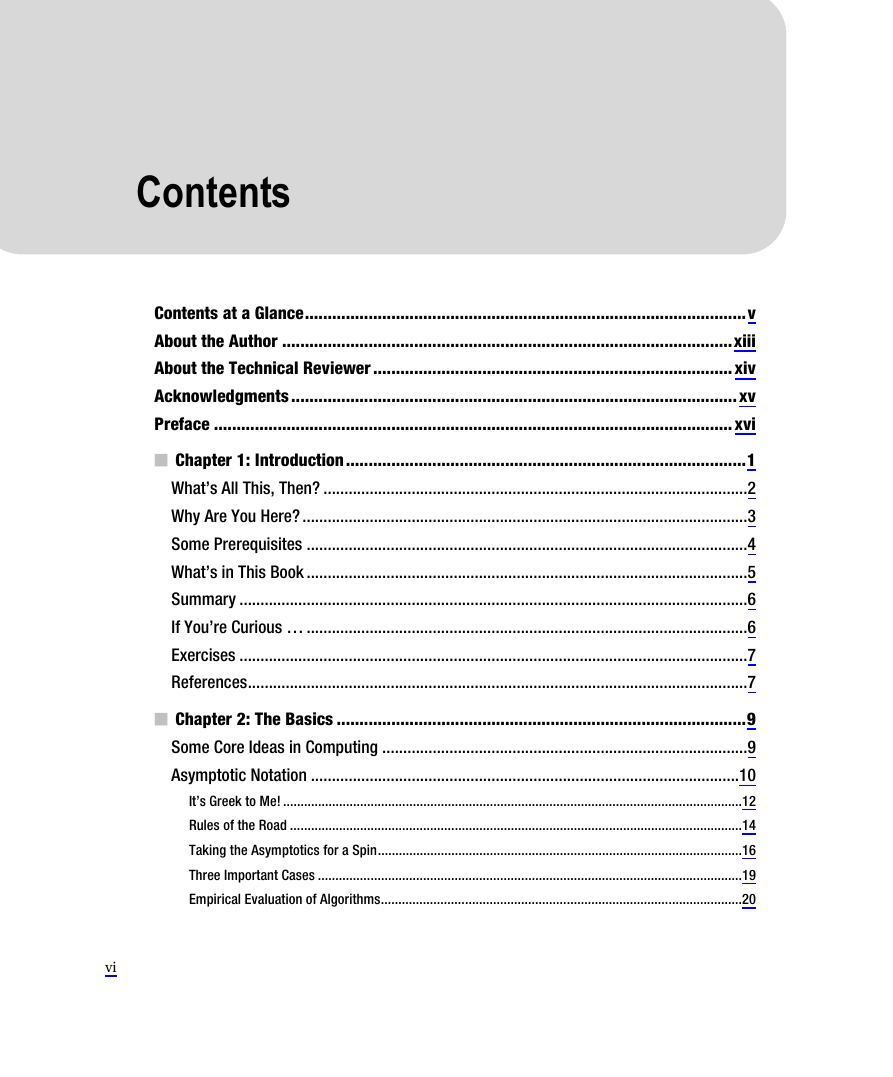








 2023年江西萍乡中考道德与法治真题及答案.doc
2023年江西萍乡中考道德与法治真题及答案.doc 2012年重庆南川中考生物真题及答案.doc
2012年重庆南川中考生物真题及答案.doc 2013年江西师范大学地理学综合及文艺理论基础考研真题.doc
2013年江西师范大学地理学综合及文艺理论基础考研真题.doc 2020年四川甘孜小升初语文真题及答案I卷.doc
2020年四川甘孜小升初语文真题及答案I卷.doc 2020年注册岩土工程师专业基础考试真题及答案.doc
2020年注册岩土工程师专业基础考试真题及答案.doc 2023-2024学年福建省厦门市九年级上学期数学月考试题及答案.doc
2023-2024学年福建省厦门市九年级上学期数学月考试题及答案.doc 2021-2022学年辽宁省沈阳市大东区九年级上学期语文期末试题及答案.doc
2021-2022学年辽宁省沈阳市大东区九年级上学期语文期末试题及答案.doc 2022-2023学年北京东城区初三第一学期物理期末试卷及答案.doc
2022-2023学年北京东城区初三第一学期物理期末试卷及答案.doc 2018上半年江西教师资格初中地理学科知识与教学能力真题及答案.doc
2018上半年江西教师资格初中地理学科知识与教学能力真题及答案.doc 2012年河北国家公务员申论考试真题及答案-省级.doc
2012年河北国家公务员申论考试真题及答案-省级.doc 2020-2021学年江苏省扬州市江都区邵樊片九年级上学期数学第一次质量检测试题及答案.doc
2020-2021学年江苏省扬州市江都区邵樊片九年级上学期数学第一次质量检测试题及答案.doc 2022下半年黑龙江教师资格证中学综合素质真题及答案.doc
2022下半年黑龙江教师资格证中学综合素质真题及答案.doc